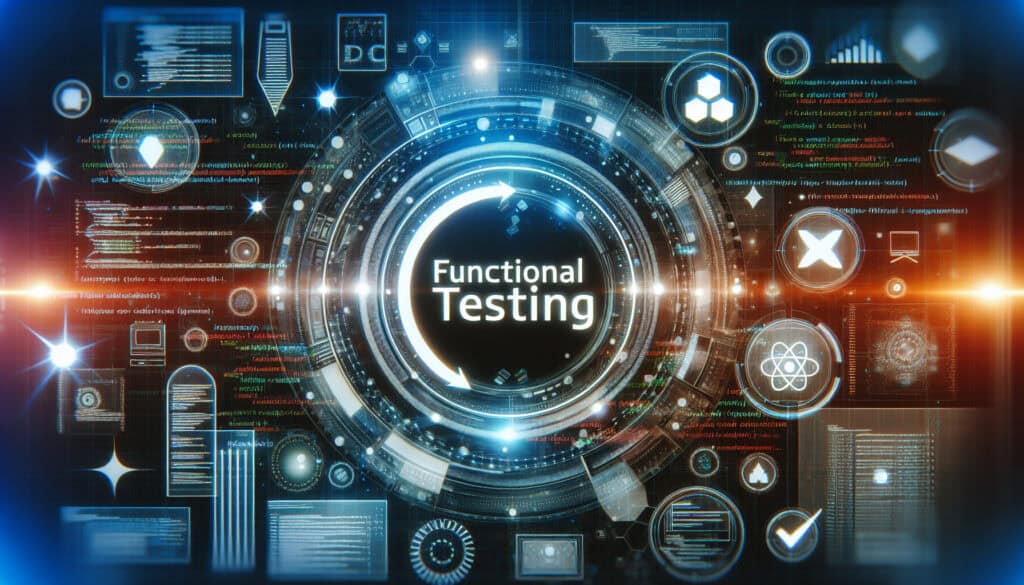To verify that a 软件 application works as expected.
- 方法: 人体工程学
Functional Testing

Functional Testing
- 敏捷方法论, 持续改进, 质量保证, 质量控制, 软件测试, 可用性测试, 用户测试, 验证, 验证
目标
如何使用
- A type of black-box testing that focuses on the functional requirements of an application. It involves testing the application's features and functionality to ensure that they meet the specified requirements.
优点
- Ensures that the application meets its functional requirements; Can be performed without knowledge of the application's internal code.
缺点
- Does not test the non-functional aspects of the application; Can be time-consuming to perform manually.
类别
- 工程, 质量
最适合:
- Testing the features and functionality of a software application before release.
Functional Testing is commonly utilized across various phases of software development, particularly during the verification and validation stages to ensure that all functionalities behave as expected before deployment. This methodology is widely applied in industries such as finance, healthcare, telecommunications, and e-commerce, where software applications must meet stringent compliance and user expectations. Testers often execute these tests after unit testing and integration testing but before system testing and acceptance testing, ensuring that any discrepancies from the specified functional requirements are identified early. Participants typically include quality assurance teams, product managers, and developers, all collaborating to define test cases based on the specifications and user stories. Importantly, Functional Testing does not require access to the internal workings of the application, allowing testers to view the product from an end-user perspective, which can lead to discovering usability issues that might not be apparent through code-level testing. This testing can encompass various techniques, including boundary 价值分析, equivalence partitioning, and user scenario testing, all contributing to a robust assessment of the application’s functionality. Automated testing tools can also support Functional Testing efforts, boosting efficiency and extending coverage across various scenarios without additional manual intervention, thus saving resources and time while increasing reliability in the results.
该方法的关键步骤
- Identify functional requirements based on specifications and user needs.
- Develop test cases that correspond to each functional requirement.
- Execute test cases in the application environment, simulating user interactions.
- Verify that actual results match expected results for each test case.
- Document any discrepancies and observe system behavior during testing.
- Prioritize and log defects based on severity and impact on functionality.
- Retest fixed defects to ensure resolution and functionality remains intact.
- Conduct regression testing to confirm new changes do not affect existing functionality.
专业提示
- Design test cases that simulate user interactions in real-world scenarios to validate the application's behavior under normal operating conditions.
- Utilize equivalence partitioning and boundary value analysis to optimize test coverage, reducing redundancy while ensuring critical functionalities are effectively assessed.
- Incorporate traceability matrices to link functional requirements with test cases, enabling thorough verification and facilitating impact analysis during changes or updates.
历史背景
1914
1943
1970
1980
1980
1911
1928
1950
1980
1980
1990
(如果日期不详或不相关,例如 "流体力学",则对其显著出现的时间作了四舍五入的估计)。











相关文章
主生产计划(MPS)
大规模定制
营销漏斗
营销审计
MAPO 指数(医院病人的移动和援助)
制造资源计划(MRP II)